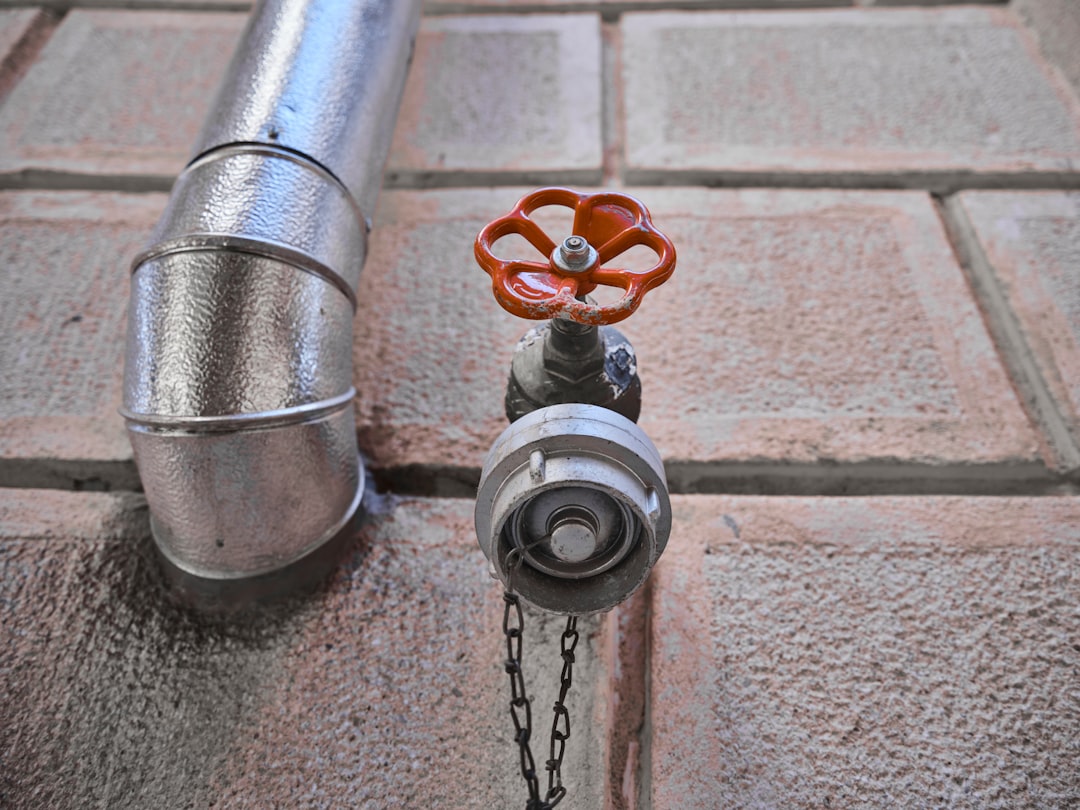Understanding the Cost of a Residential Sprinkler System
Fire sprinklers are increasingly being installed in residential properties to enhance safety and potentially lower insurance premiums. For construction professionals, understanding the cost of a residential sprinkler system is crucial. In 2025, the cost ranges from $1.80 to $6.00 per square foot, depending on various factors such as building size, material choice, and local codes.
Key Cost Drivers You Need to Know
Each residential project is unique, and so are the costs associated with installing a sprinkler system. Key factors include:
- Building size and ceiling height
- Local fire code density requirements
- Pipe material (CPVC, PEX, copper, or steel)
- Water supply, meter size, and potential service upgrade
- Number of stories and complexity of framing
- Retrofit vs. new construction access
- Labor rates in your region
- Permit, testing, and inspection fees
Typical Price Ranges in 2025
Based on recent estimates, here are typical costs:
- New construction, single-story ranch (2,000 sq ft): $1.80–$2.50 per sq ft ($3,600–$5,000 total)
- New construction, two-story colonial (3,200 sq ft): $2.00–$2.90 per sq ft ($6,400–$9,300 total)
- Retrofit, single-story (2,000 sq ft, finished ceilings): $3.00–$4.20 per sq ft ($6,000–$8,400 total)
- Retrofit, historic multi-story (3,200 sq ft, lathe & plaster): $4.00–$6.00 per sq ft ($12,800–$19,200 total)
Why Retrofits Cost More
Retrofitting involves additional challenges such as selective demolition and routing around existing systems, which can increase costs.
Hidden or Overlooked Expenses
Be aware of potential hidden costs, including:
- Permit application and plan review fees
- Flow testing and hydraulic calculations
- Backflow preventer devices
- Fire department connection hardware
- Post-install pressure testing and certification
- Annual maintenance contracts after the first year
Case Snapshot: Oak Hill Residence
The Oak Hill Residence in Providence, RI, required a code-compliant NFPA 13D system for a 2,800 sq ft addition. The final installed cost was $2.35 per sq ft, thanks to efficient material pricing and planning.
How to Streamline Your Budget
Traditional estimating methods can be time-consuming. Streamline your process with digital tools that offer real-time pricing and efficient project management.
Five Pro Tips for Lowering Sprinkler Costs
- Engage early in design to optimize pipe routing
- Choose CPVC or PEX where allowed
- Combine installation with other MEP trades
- Verify water supply with your utility
- Schedule inspections in one block
Return on Investment Beyond Safety
Sprinkler systems can reduce insurance premiums and increase property value, offering a return on investment over time.
Ready to Get Precise Numbers?
For accurate cost estimates, consider using advanced estimating tools that provide detailed, line-by-line breakdowns.
Deep Dive: Comparing Pipe Materials for Residential Systems
Material selection can significantly impact the cost of a residential sprinkler system. Here's a comparison of common materials:
CPVC vs. PEX vs. Copper
- CPVC: Lightweight and easy to install, averaging $1.05 per linear foot.
- PEX: Flexible and reduces fitting counts, costing $1.25 per foot.
- Copper: Durable but expensive, at $3.80 per foot.
Labor Productivity Benchmarks
Labor productivity varies by material:
- CPVC: 110–125 ft installed per worker hour
- PEX: 140–160 ft installed per worker hour
- Copper: 55–70 ft installed per worker hour
Case Study: Brookside Remodel
A Brookside, MA retrofit saved over 22% by switching from copper to PEX, demonstrating the cost-effectiveness of material choice.
Next Steps
To optimize your sprinkler system budget, utilize material comparison tools and real-time supplier feeds for informed decision-making.

